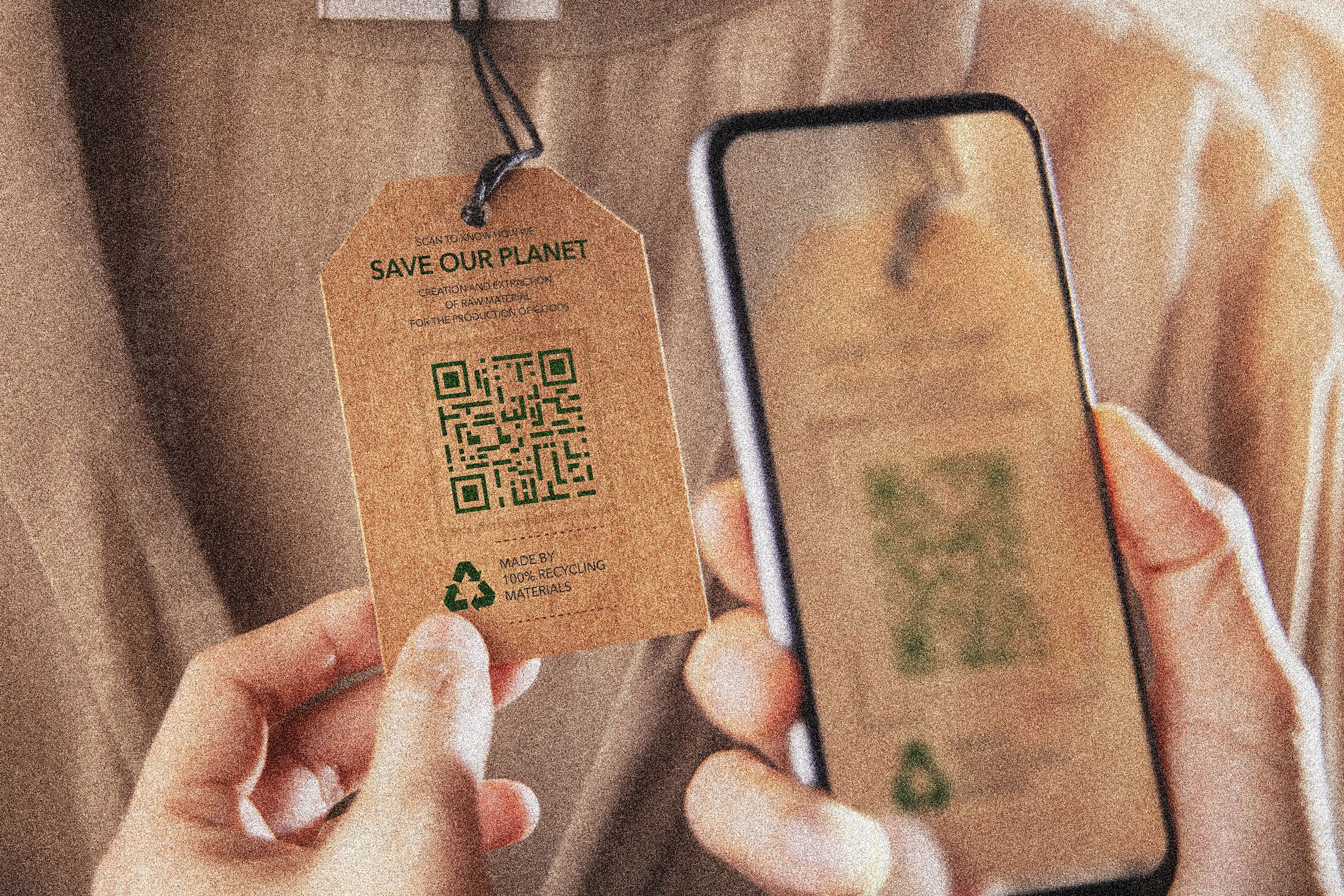
Let’s be honest. That sleek piece of tech in your pocket or purse has a dirty little secret. Its journey—from mined minerals to factory assembly to, all too often, a forgotten drawer—is a heavy burden on our planet. But here’s the good news: you don’t have to give it up. The path to a more sustainable smartphone life isn’t about perfection; it’s about making smarter, more conscious choices. It’s a shift in mindset.
This guide isn’t about shaming you into action. It’s about empowering you with practical, eco-friendly smartphone practices that actually make sense for your life. We’ll walk through the entire lifecycle, from what to look for when you buy, to how you use it every day, and crucially, what to do when it’s finally time to say goodbye.
The Longevity Game: Your Most Powerful Green Choice
Honestly, the single most impactful thing you can do is simple: keep your phone longer. The carbon footprint of manufacturing a new smartphone is staggering. Think of it like a car; the biggest environmental cost isn’t the fuel, it’s building the thing in the first place. By extending your phone’s life from two years to three, or even four, you slash your annual footprint significantly.
Smart Buying: Choosing a Phone Built to Last
It all starts at the beginning. When you’re in the market, look beyond the camera megapixels. Consider these factors for a more sustainable smartphone choice:
- Repairability: This is huge. Brands like Fairphone are designed for it, but even mainstream companies are getting better. Check sites like iFixit for repairability scores. A phone you can easily open to replace a battery is a phone with a future.
- Software Support: How long will the manufacturer provide security updates? A phone that’s no longer supported is a security risk, forcing an upgrade. Look for brands promising four, five, or even more years of updates.
- Build Quality: A sturdy frame and a good screen protector aren’t just about aesthetics; they’re an investment in longevity.
- Refurbished Phones: Don’t overlook this option! A high-quality refurbished phone is like giving a device a second life. It’s often significantly cheaper and comes with a warranty, making it one of the best eco-friendly phone alternatives out there.
Loving the One You’re With: Daily Care and Maintenance
Okay, so you have your phone. Now, how do you keep it humming happily for years? Battery health is the key. You know how it goes—a dying battery feels like a terminal diagnosis. But you can prevent that.
- Avoid letting your phone consistently drain to 0% or charging it to 100%. The sweet spot is between 20% and 80%.
- Heat is the enemy. Don’t leave it baking in the sun or on a fast charger for hours on end.
- Use a good case and screen protector. It seems obvious, but a simple drop can be the beginning of the end.
The Daily Grind: Reducing Your Digital Energy Footprint
Your phone’s energy use isn’t just about the electricity to charge it. It’s about the massive data centers powering every stream, scroll, and cloud backup. Small changes in how you use your device add up to a real difference.
- Stream Smarter: Watching videos? That’s the biggest data—and energy—sucker. When you can, download over Wi-Fi instead of streaming on the go. And do you really need to watch in 4K on a six-inch screen? Probably not. Reducing video quality is a simple green tech tip with instant results.
- Cloud vs. Local: Constantly backing up photos and files to the cloud is energy-intensive. Consider periodically moving files to your computer or an external hard drive.
- Declutter Your Digital Life: Unsubscribe from newsletters you never read. Delete old apps. A leaner phone often runs more efficiently, and it reduces the background data chatter.
The Inevitable End: What Truly Happens to E-Waste?
All things must pass. But a smartphone’s end-of-life is critical. Tossing it in the trash means toxic materials like lead and mercury can leach into soil and water. This is where responsible smartphone recycling and disposal becomes non-negotiable.
Your Options, Ranked from Best to Good
| Option | How It Works | Why It’s Great |
| 1. Sell or Trade-In | Use a reputable service or sell privately. | Gives the phone its longest possible life and puts money back in your pocket. |
| 2. Donate | Give to a charity or community organization. | Provides technology access to those who need it. A truly circular solution. |
| 3. Manufacturer Take-Back | Most brands (Apple, Samsung, etc.) have free recycling programs. | They have the expertise to properly handle materials and ensure nothing goes to landfill. |
| 4. E-Waste Recycler | Find a certified e-waste drop-off location. | Guarantees safe, responsible dismantling and material recovery. |
One crucial step before you do anything: Always, always perform a factory reset and remove any SIM or SD cards. Protect your data first.
Looking Ahead: The Bigger Picture
The responsibility shouldn’t fall entirely on us, the consumers. There’s a growing push for “Right to Repair” laws, which would make it easier for individuals and independent shops to fix devices. And, well, we can support companies that are transparent about their supply chains and are actively designing products with recycling in mind.
It’s a movement. A slow one, sure, but it’s gaining momentum.
So, what does it all mean? Sustainable smartphone practices aren’t about a single grand gesture. They’re the small, cumulative decisions. It’s choosing to repair a cracked screen instead of upgrading. It’s selling your old phone so someone else can use it. It’s thinking twice before streaming that next high-definition video on cellular data.
It’s about treating this incredible piece of technology not as a disposable accessory, but as a valuable resource. Because that’s exactly what it is.










